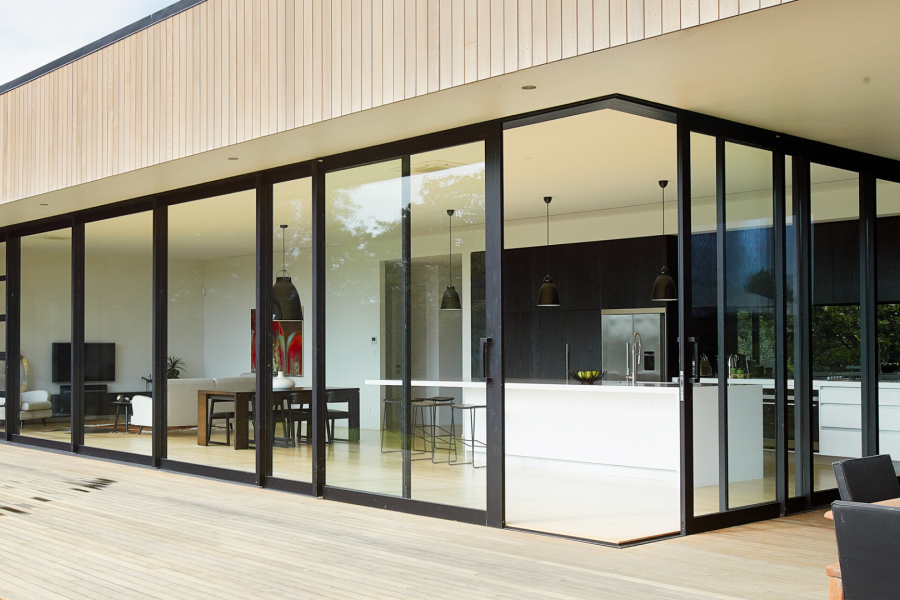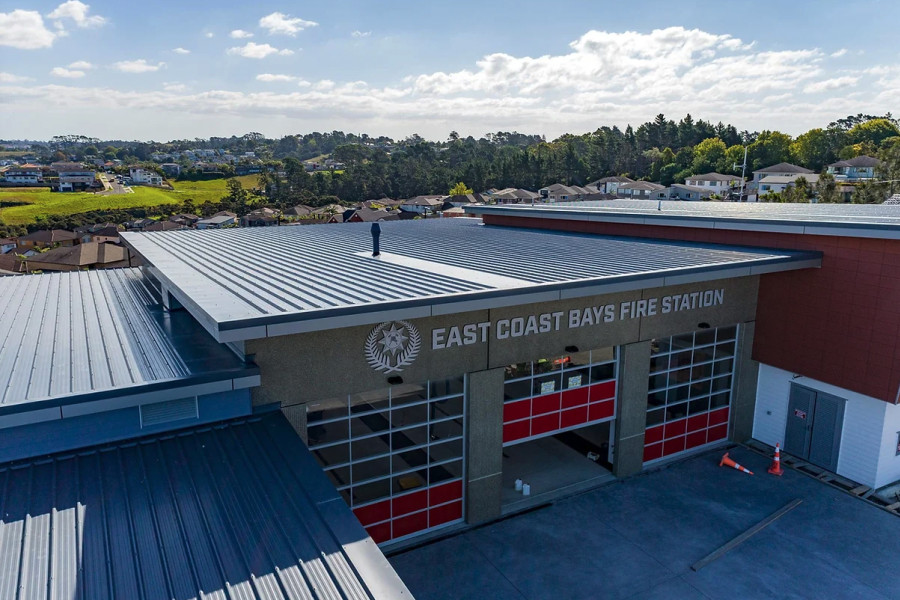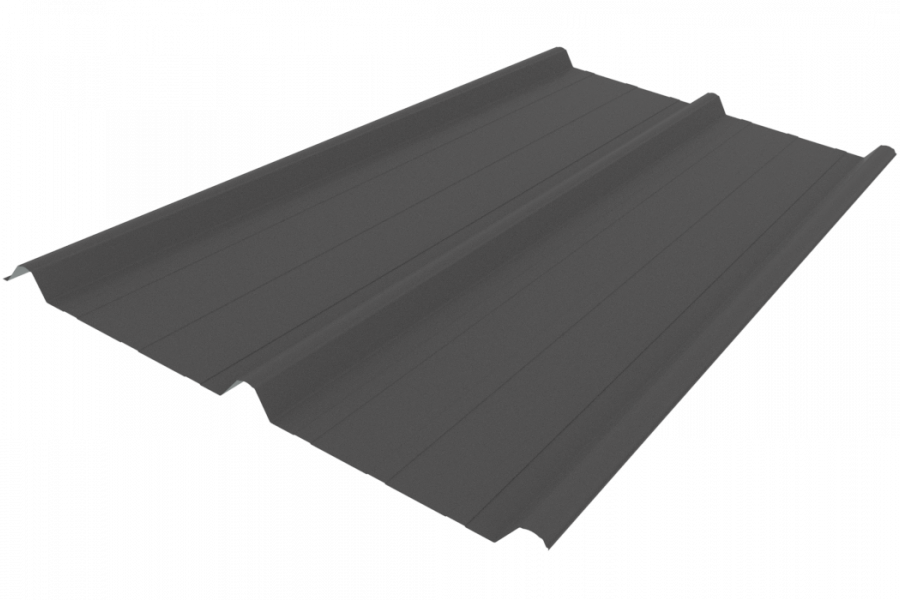As the local construction industry strives to achieve greater efficiency, we also need to develop an accurate understanding of material costs. In 2024 we surveyed 840 design professionals and 659 builders on the factors impacting their businesses. Unsurprisingly, after over two years of price escalations combined with the tightening of the housing market and the slowing down of commercial and government-funded projects, cost has emerged as a key concern as we settle into 2025. This trend is set to continue, so it is a good time to reflect on what cost information an architect now requires at concept design stage or developed design, and where they should look to get the information.
Cost considerations are top of mind for both architects and builders
We asked architects and designers to rank the factors that will have a significant impact on their business over the next twelve months, and found that financial concerns were at the top of the list.
The economic climate was the number one concern cited by 69% of those surveyed, followed by the cost of lending /interest rates and the cost of materials.

Seven in ten design professionals reported that cost was now significantly more of a consideration compared to 12 months prior — despite that period being the peak of cost increases.

For builders, the current economic climate is also the leading factor driving depressed demand. Those focused solely on residential projects are feeling the pinch of the economic climate more than commercial builders, and are more likely to be impacted by lending rules and interest rates. Meanwhile those focused on commercial work have seen reduced demand due to changes in government construction spending.
What does this mean for the industry?
How can we reduce the rate of cancelled projects?
The budget is $3000/m² — what can you design for us? What if the budget was $7,000/m²? The last thing we want is a bunch of projects cancelled due to budget blowouts. Clients’ budgets are tight in 2025, and as an industry, we need to ensure they have confidence in the buildability of their designs.
So where do architects get their cost information from? In our 2024 research, architects rated quantity surveyors as their most relied-upon resource for pricing. Quantity surveyors play a crucial role in the industry, and are expected to be relied upon more than ever over the next couple of years as the popularity of value engineering rises.
That said, quantity surveyors need accurate information in order to provide accurate costings. They currently face the challenge of operating in a disjointed industry and often rely on anecdotal pricing information. What opportunities are there for suppliers to provide widely visible cost estimates to both architects and quantity surveyors. Improvements are needed if we want to be able to take full advantage of all project opportunities, when firming up original plans or for value engineering opportunities if required.
We need more reliable, transparent pricing information
Architects' confidence in product cost information is low. They rate their access to accurate pricing information as low — with only 4% of architects rating the pricing information available as great.
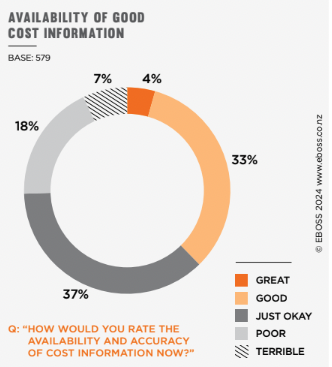
This is a great opportunity for suppliers to offer transparent pricing information and clear articulation of other key benefits that can relieve financial pressures, such as labour savings, faster delivery of projects, and other factors that can help de-risk work.
If I was a new entrant to the market, I would be using cost certainty/accuracy as a key benefit when compared to the market incumbents. The question is how to present pricing information. Architects are not looking for a price per sheet; they want to understand quickly what to consider when designing to a budget.
While of late we’ve seen more effort going into reducing maintenance and lowering costs with cheaper alternatives — a race to the bottom that plays into the hands of cheaper imported product — these other factors will be increasingly important as we aim to alleviate cost pressures.
Conclusion
In 2025 we see a number of financial pressures ahead for the industry, which are predicted to continue into 2026. How can the suppliers add more certainty to architects at early stages to keep client confidence high?
Raising the availability of accurate pricing information will drive early design decisions and tighter specifications. It will also improve productivity and margins with reduced value engineering, which is currently increasing, with architects and designers keen to manage costs effectively and keep their projects moving forward.






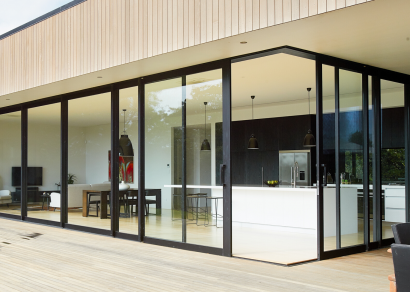
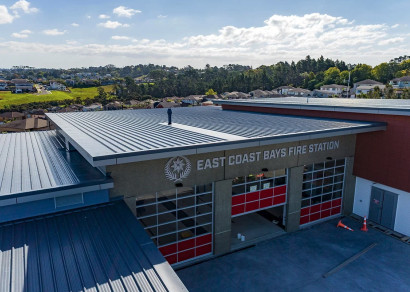
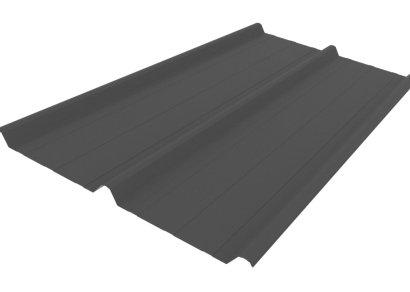
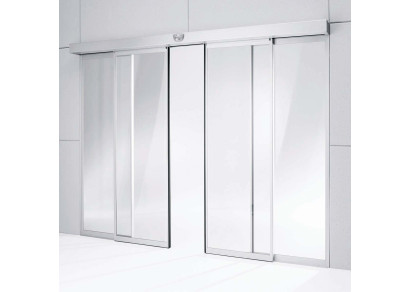
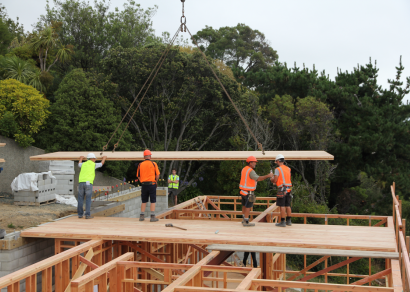


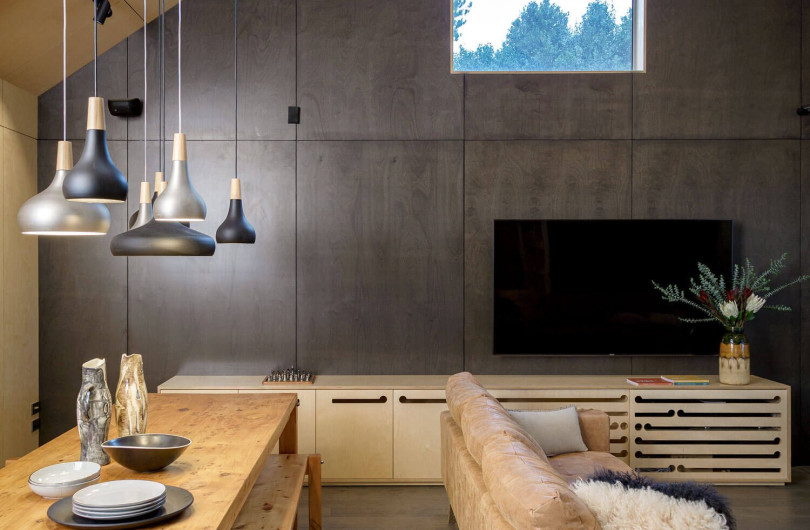
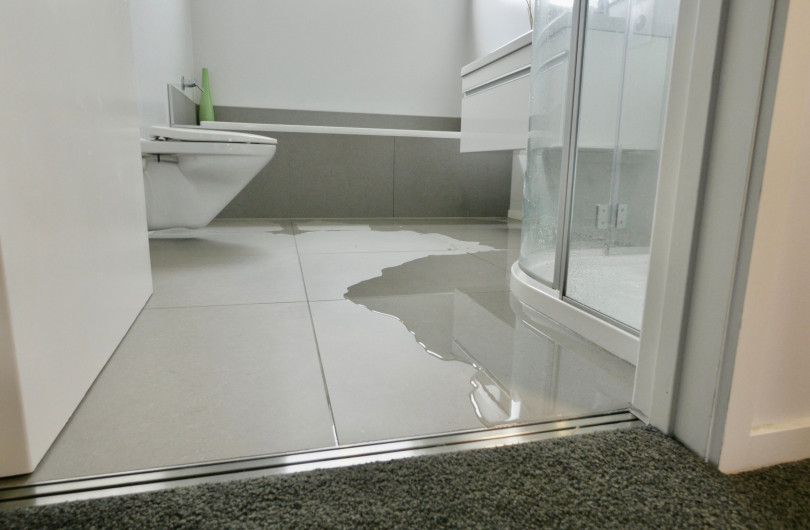
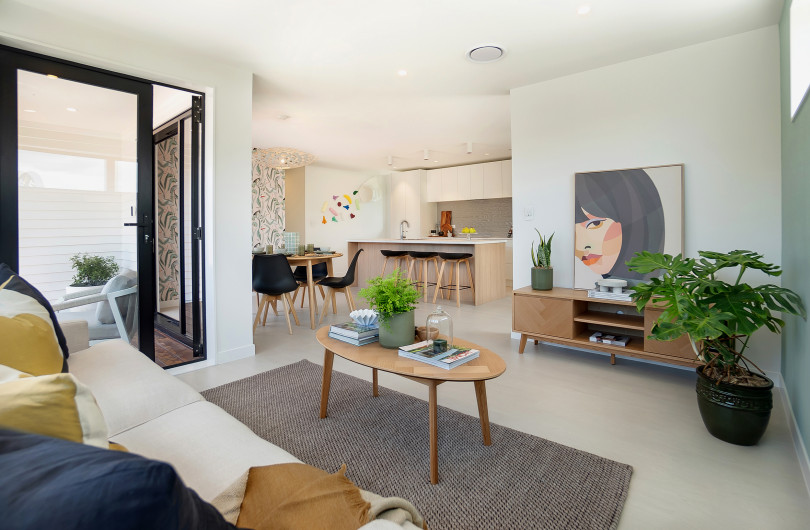

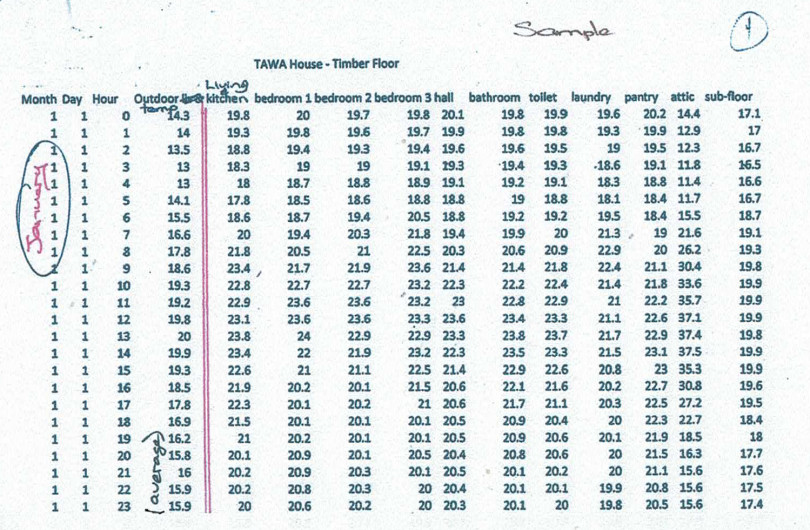










 Most Popular
Most Popular Popular Products
Popular Products